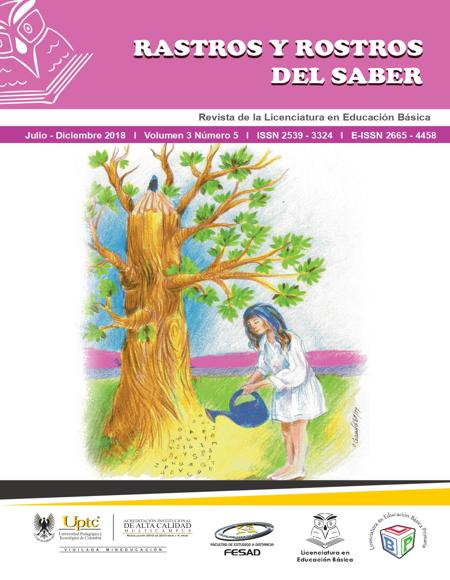Impacto y significado del proyecto pedagógico integrador de áreas III: artes plásticas

Abstract
This text expects to highlight the importance of the mainstreaming of artistic edu- cation (plastic arts) in the pedagogical process within the training graduates in the distance mode of the program in basic education with an emphasis in Mathematics, Humanities, and Spanish Language. In the same way, special reference is made to the impact of this line of knowledge within the curricular network specifically in the subject: Pedagogical Project Integrator of PPIA III areas (the plastic arts as an integrating axis of areas), whose implementation has been carried out since 2010 in the plan called 1000. Finally, we will relate cases in the context of students who im- plemented their experiences once a problem in the teaching of different disciplines was identified as practices in different educational institutions.
Keywords
Plastic arts, didactics, experiences, interdisciplinarity
References
Eisner, E. (2001). El arte y la creación de la mente. Barcelona: Paidós, ISBN: 84-493-1519-0.
Godínez, S. (2007). La Educación Artística en el Sistema Educativo Nacional.
México: Secretaría de Educación Pública, UPN.
Lowenfeld, V. (1980). Desarrollo de la capacidad creadora. Buenos Aires: Kapelusz. Ministerio de Educación Nacional (2000). Lineamientos curriculares para la Educa-
ción Artística. Bogotá: Cooperativa Editorial Magisterio.
Ministerio de Educación Nacional (2010). Orientaciones Pedagógicas para la Educación Artística en Básica y Media: Guía 16. Bogotá: MEN, ISBN: 978-958-691-395-9.
Palópoli, M. (2010). Didáctica de las artes plásticas. Buenos Aires: Bonum. Proyecto Académico Educativo PAE (2010) programa Licenciatura en Educación
Básica con Énfasis en Matemáticas, Humanidades y Lengua Castellana.